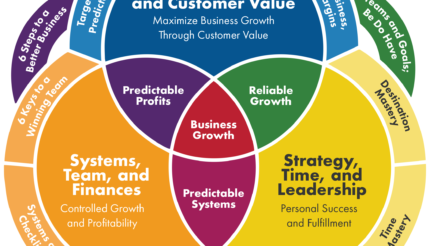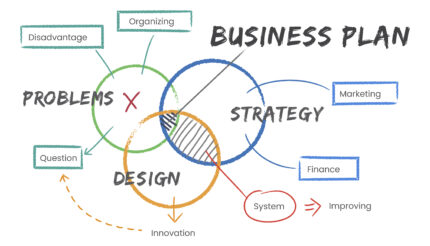Ways to Build Business Success through Systems and Technology
Ways to build business success through systems and technology, by systemising the management of the business and using technology to move your business forward. Focus on systematising your organisation and using technology to make it easier to implement now that the team is performing and delivering at a high level.
The steps in a process or procedure become part of a larger system when they are not documented and reinforced throughout your company. The very foundation of your business is on shaky ground if your systems lack comprehensive review and critical input. They wouldn’t be able to run the systems that ultimately deliver at a high level to your customers if all the measures, steps, and knowledge weren’t spread throughout your team. This means that all of your efforts to improve delivery and distribution and to make sure you have the right team will be wasted. You will not be creating the best ways to build business success through systems and technology.
It would help if you began by narrowing the field. Ask a few questions to get started.
-
What do I accomplish each day, week, and month?
-
How frequently am I doing that?
-
How long does each task take to complete?
-
What would constitute a productive day for tasks?
-
How should I complete each task?
-
Why do I conduct myself in this manner? What will occur if I don’t?
You perform the same exercise with everyone on your team once you have an idea of your key processes and tasks. We begin the process of operating the business without the owner here. Look for ways to simplify and systematise the business to enable constancy and predictability by organising each part of how it runs, from how the first point of contact answers the phone to how the management team plans and strategies.
Document all of the company’s systems and procedures at this stage to “humanise the exception” and “systematise the routine.”
In this stage document all the systems and procedures within the business. Starting from the bottom up the owner gets team members to document how they complete routine tasks start with Daily/Weekly/Monthly task from the bottom of the organisation first. The majority of big businesses already have systems, structures, and processes in place. The challenge becomes improving these things, as well as adapting them to new market realities and demands.
There are additional questions that must be answered when documenting these procedures and looking for ways to reduce redundancy, simplify steps, and improve execution.
-
What are this organisation’s most crucial procedures?
-
Which of these procedures ought to be enhanced for improved customer service or efficiency?
-
What causes inefficiency, lack of accountability, poor communication, delays, poor customer service, and/or confusion over roles in our organisation?
-
How can our structure be improved?
-
What are the organisation’s most important technologies and systems?
-
Which of these should get the most work done first?
Here are a few ways to record your system-related input.
- Computer Systems Flowcharts
- Documents
- Checklists
- Videos
- Audio
- Photographs.
What systems should you dissect, retool, or refine? All of them. Start with each of these areas.
Systems for day-to-day office operations – include answering the phone, opening the mail, purchasing office supplies and equipment, faxing and e-mailing, dealing with incoming and outgoing delivery needs, backing up and archiving data.
Product development systems – developing manufacturing methods and procedures, developing manufacturing costing and bidding processes.
Manufacturing and inventory systems – selecting vendors, determining product or service warranties offered, establishing product or service pricing (retail and wholesale), establishing reorder process for inventory production, and reconciling physical inventory with accounting records.
Order processing and tracking systems – Taking orders and recording the orders by mail, fax, phone or online, fulfilling and packaging the orders, confirming details before service or product delivery, sending the orders and management system for freight, couriers and vehicles.
Order tracking systems – invoicing and Accounts Receivable Systems, invoicing customers for the orders, receiving payments for the orders and crediting customers for payment (whether cash, check or credit card), monitoring credit control and age of accounts and starting the collection process for outstanding receivables on a timely basis.
Customer Service Systems – returns procedure for inventory receiving and customer payment return, responding to customer complaints, replacing defective products or performing other warranty service and measuring quality and professionalism of service delivery.
Accounts Payable Systems – purchasing procedures and approvals required, the payment process for supplies and inventory and petty cash.
Sales and Marketing Systems – create an overall marketing plan, design and produce promotional materials, develop general leads and prospects, create an advertising plan, create a public relations plan, create a direct mail plan, develop and maintain a database, develop and maintain a website, analysing and tracking sales statistics, continuously measure number and origin of all leads, measure the conversion rate for each salesperson, measure your average £ sale for every team member and keep a record of your profit margins.
To manage data, investigate CRM (Customer Relationship Management) systems; Quick Books and similar financial reporting software, as well as automated marketing deployment tools like Hootsuite, can help you save time and money for your business. Consider upgrading your telephone and computer systems if they are outdated and unable to meet your requirements. Short-term investments can yield substantial long-term returns.





